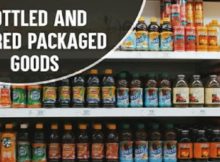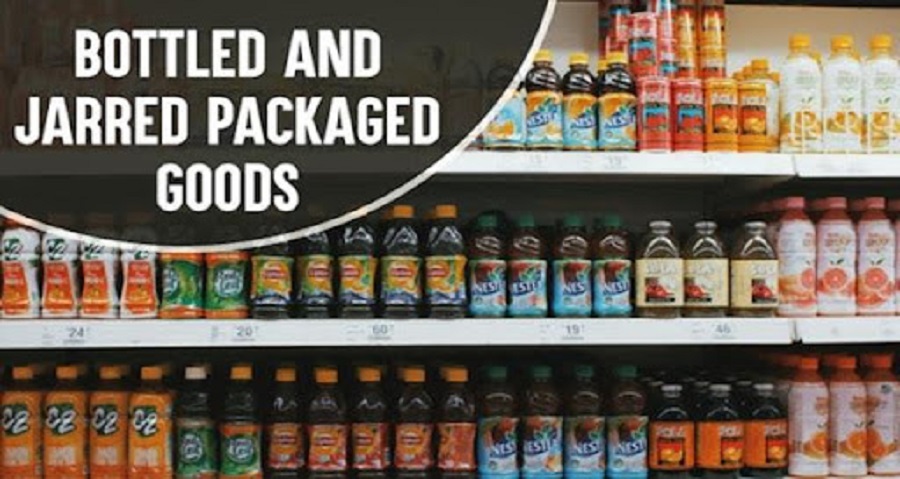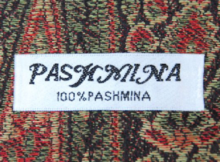
Different Types of Food Packaging Bottles and Jars
There are six different types of packaging available for jarred and bottled packaged items. We’ll go over the many forms of packaging to give you an idea.
Bottles Made of Plastic
It is, without a doubt, the most well-known style of packaging on the market. Plastic items in bottles and jars are frequently seen in garbage cans. The packaging might take up to 1,000 years to decompose.
Another concern is that plastic bottles cannot be reused effectively. The majority of the time, they degrade in quality after recycling. Furthermore, plastic bottles are disposed of in landfills, resulting in the release of hazardous chemicals into groundwater and soil. Plastic bottles, for the record, are one of the most significant polluters of the environment. They are petroleum-based and are used to bottled and jarred packaged goods soft drinks and other beverages.
The problem is that they aren’t renewable, which means they can’t be recycled. Packed items in bottles and jars
Packaging Made of Cardboard
Not only are cardboard-packaged bottles and jars less expensive, and they’re also environmentally friendly. They’re also a great substitute for plastic, tinplate, and aluminium. It has a cheap production cost, making it an excellent alternative for businesses. Moreover, bottled and jarred packaged items are considerably easier to keep, export, and reuse.
The popularity of cardboard packing stems from its light weight and low cost. It’s a terrific approach to promote your goods, as many businesses do. When it comes to constructing carton packaging to preserve your items, you must consider material sustainability, cost effectiveness, and the limitations to be addressed.
Canisters Made of Glass
Glass canisters are an excellent choice since they are both recyclable and renewable. They come in a variety of sizes, shapes, and widths and are square in shape. There are several advantages to using glass containers with airtight closures. It inhibits the development of microorganisms, for example. It’s not just that, but it also keeps harmful substances from escaping in the microwaves or when frozen.
Glass jars or canisters offer food with a secure container. This avoids food contamination and spread. They’re usually airtight, so you may use them to keep liquids inside. Glass jars are huge, tempered glass receptacles that are both robust and simple to clean.
Packaging Made of Wood
Then there’s the wooden packing, which is a more environmentally friendly choice. Many businesses choose to utilise hardwood packaging since it is healthy for both the product and the environment. This is why wooden packaging is becoming increasingly popular each year. Rather than synthetic materials, wooden packaging is produced from tree wood. This type of packaging is generally opulent in look and feel.
There are several advantages to using wooden packing. They are appealing to the eye and have tactile characteristics, making them enjoyable to use. Wood packaging, unlike other packaging materials, is renewable, recyclable, biodegradable, and biodegradable. It’s also less costly than other types of packing.
Despite all of the wonderful aspects, there are some drawbacks. For starters, it is not as durable as plastic or metal. Furthermore, it does not provide many customization possibilities Y2mate YouTube MP3 Converter.
Metal Containers are Metal Containers
Metal containers, which may be used to keep food, are well-known in the food sector. They’re commonly composed of zinc-plated steel, which is corrosion-resistant and inexpensive. They also have a low proclivity for interacting with acidic foods.
Metal containers are used to chill or heat the contents within the container in order to preserve food and store it. Metal containers also have the advantage of being sturdy and dependable. The containers are composed of high-quality steel.
Containers Made of Aluminium
Aluminum goods in bottles and jars are constructed of high-quality aluminium. This type of packaging is both lighter and more durable than plastic or glass. The fact that aluminium containers are recyclable and reusable is their most major advantage. They can also be a cost-effective replacement for pricey glass containers.
It may be readily sent without additional packing expenditures because to its light weight aluminium container and cans. Furthermore, it is a significantly more ecologically responsible solution than steel or glass. Aluminum containers are very strong and durable. They are both safe and useful. Many firms, especially in recent years, have chosen to employ aluminum-based packaging for these reasons.





Recent Comments